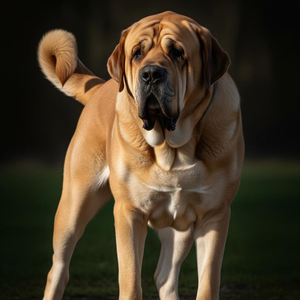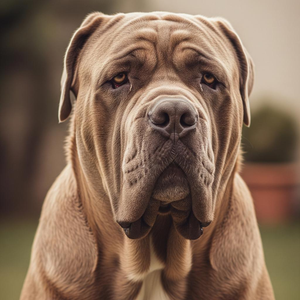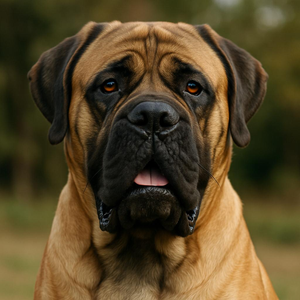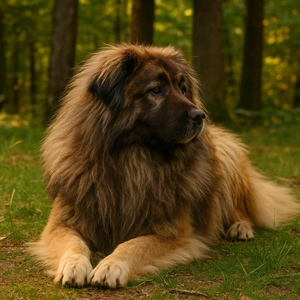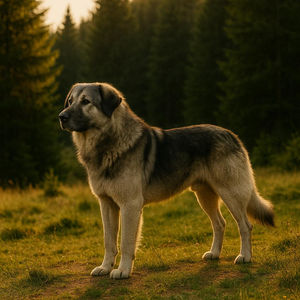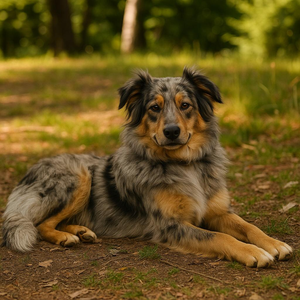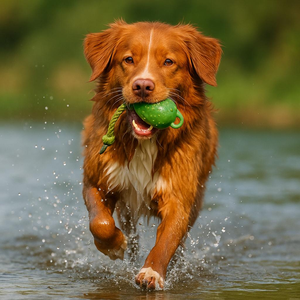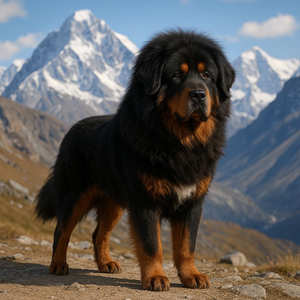
Notable Traits of the Dalmatian Dog Breed
The origins of the Dalmatian dog breed are very ancient and there is nothing certain about its ancestors. They are found on Greek friezes and plates dating back to 2000 B.C., which depicted white dogs with spots, working with the chariots of ancient Greece, Egypt and Rome. Its name comes from Dalmatia in the former Yugoslavia, which would be present-day Croatia. In fact, the first studbooks of the breed were found in Dalmatia.
Later in time, we find these dogs painted by Flemish painters in the 17th century as hunting dogs. Indeed, this was the role the Dalmatian played at that time. Some dog lovers claim that the ancestor of the Dalmatian is the Bengal Bracco, others that it belongs to the same family as the Harlequin Dane, but nothing is certain.
These dogs were used in wartime as relay dogs, along with border patrols, but also used as shepherd dogs for sheep, for hunting, and even as circus performers.
In the last century, the damata became very famous for playing the role of Pongo, his companion and 101 Dalmatian puppies, in the Walt Disney film, The Charge of the 101, and followed by sequels, live action and TV series based on the novel of the same name by Dodie Smith.
Character of the Dalmatian dog breed

He is a somewhat stubborn dog, so it is best not to put him under pressure, as he is very sensitive and may decide to act independently. Precisely for this reason, the Dalmatian is a somewhat demanding dog that is not very easy to educate and is therefore not suitable for inexperienced people.
However, he needs a person who can spare some time for him, as he is very active and needs to let off steam every day with long walks and runs. If confined indoors, the Dalmatian gets bored and can give vent to his stubbornness and can even be destructive with furniture and objects.
He does not particularly like contact, especially with strangers from whom he prefers to keep his distance. He must be socialised from an early age to teach him to be in contact with people and other animals in the house and outside.
As already mentioned, he needs to release his energy, which is really a lot, so it is good to get him to do a whole series of activities such as dog swimming, throwing and retrieving; agility dog is also very suitable for the Dalmatian. He learns to do acrobatics very quickly and loves long games.
Appearance of the Dalmatian dog breed
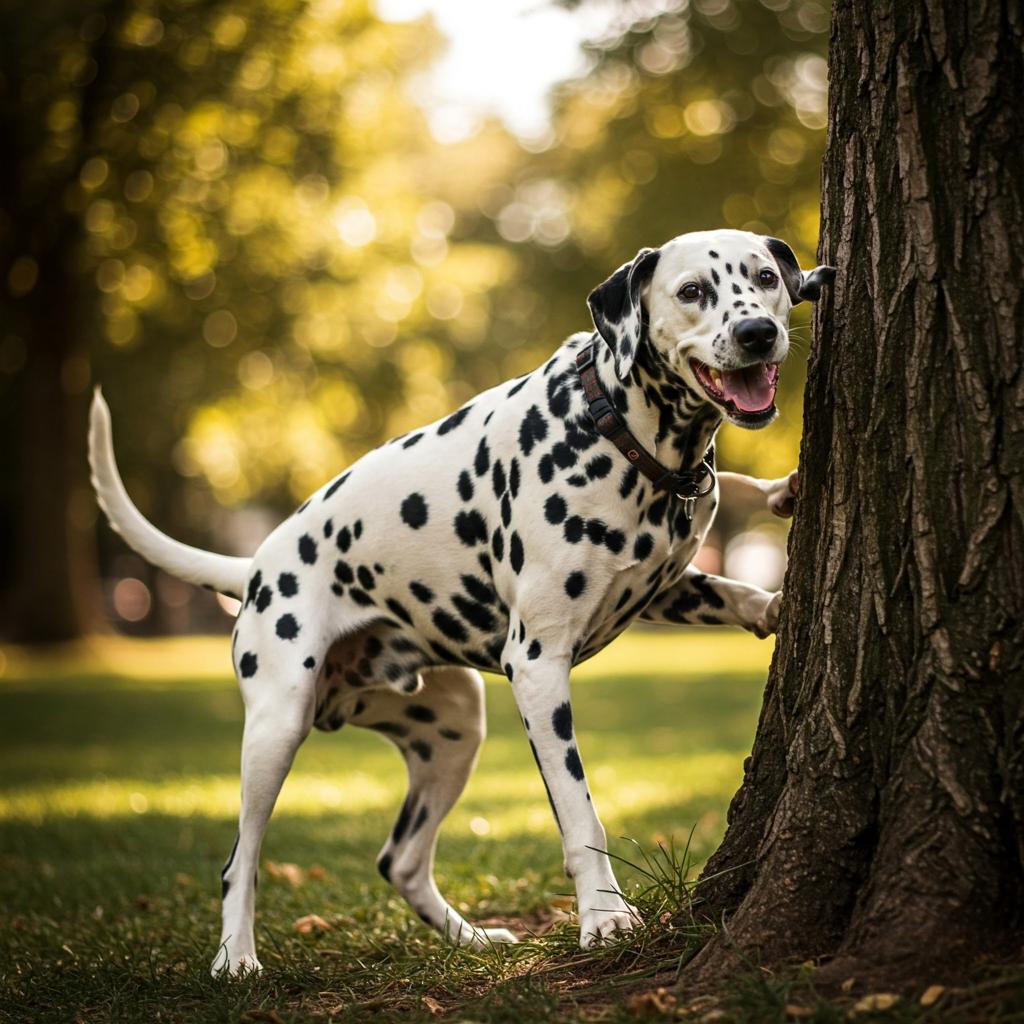
His build is well-proportioned, strong, fairly muscular, giving him a powerful but rather elegant and refined appearance. The bones are strong, the limbs muscular. The tail is thicker at the root and then tapers evenly towards the tip. It is usually carried sabre-like, and according to breed standards should have spots like the rest of the body and not be uniformly white. Its gait is athletic.
The skull is flat on top and has a slight roundness on the sides. The muzzle is long and powerful; the truffle is always black in specimens with black spots, while it is brown in specimens with liver-coloured spots. The ears are fairly wide at the base and narrow towards the rounded tip.
They are carried well adherent to the head and also have well distributed rounded spots. The eyes are medium-sized, round, lively and shiny with an intelligent expression. Usually dark in black-spotted subjects and amber in those with liver spots. The outline of the eyes is also black or liverish depending on the colour of the spots.
But what sets the Dalmatian apart is his coat, which makes him unmistakable. Its coat is short, smooth, shiny and spotted. The basic colour is pure white, with black or liver-coloured spots. Spots are found all over the body, including the head and tail. Dalmatian puppies are born with an all-white coat, only after about 14 days do the spots appear.
Health and care of the Dalmatian dog breed
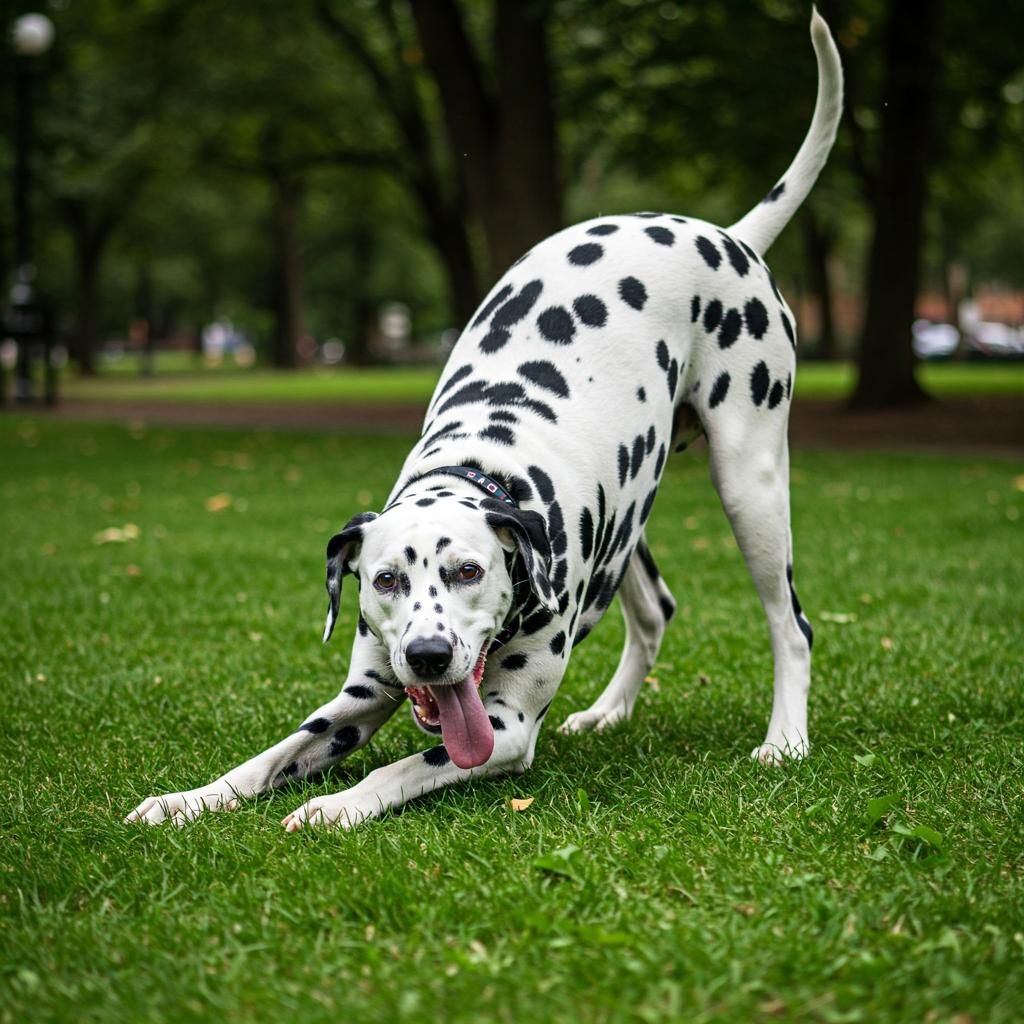
The Dalmatian is a very clean dog and tends to lick his coat very often to cleanse it. It has a fairly copious shedding, but if you apply regular grooming, brushing a couple of times a week to remove dead hair, you will always have a dog with a shiny, clean coat.
As far as its diet is concerned, this must be balanced and controlled as the Dalmatian tends to eat more than is necessary, and as already mentioned it needs a lot of movement during the day to discharge all its energy, which is really a lot.


